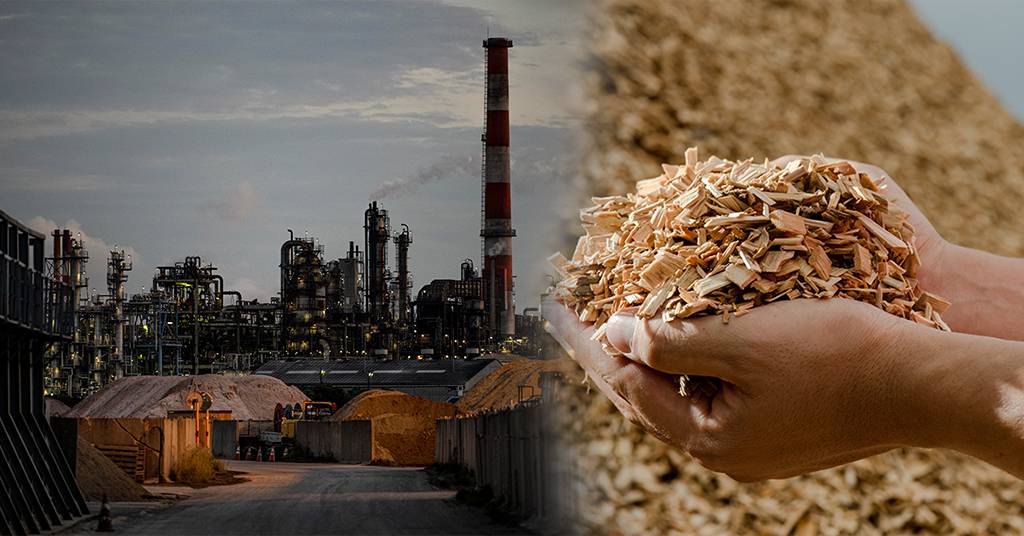IEA Urges G7 Leaders to Prioritize Upstream Gas Investments for Energy Security
- 14-Apr-2023 6:11 PM
- Journalist: Kim Chul Son
France: The International Energy Agency (IEA) has revised its stance on upstream investments, stating that despite a projected slower growth or decline in global natural gas demand in the mid-to-long term, new investments in upstream gas supply are necessary to counterbalance production declines from existing fields.
In its recent report, the agency emphasized the need for "additional upstream investment" amid flat or decreasing gas demand scenarios as it reviews the role of gas in the ongoing energy crisis and transition. The upcoming G7 Ministers' Meeting on Climate, Energy and Environment in Sapporo will discuss the role of LNG in the face of energy security challenges and the need to move toward carbon neutrality.
According to a report on gas markets and investment released by the IEA, questions are being raised about the future of natural gas during the ongoing global energy crisis, which has been fueled by natural gas shortages. The crisis has highlighted the crucial need for stable and affordable natural gas supplies and has put the conventional arguments in favour of natural gas to the test.
The IEA predicts that natural gas prices in Europe and Asia will remain highly volatile and relatively high over the next few years due to Europe's efforts to decrease its reliance on Russian imports, which will keep the global gas markets tight until new LNG supply begins in the mid-2020s.
The IEA has released a new report examining the role of natural gas in different scenarios outlined in the World Energy Outlook 2022. These scenarios include the Stated Policies Scenario (STEPS), the Announced Pledges Scenario (APS), and the Net Zero Emissions by 2050 Scenario (NZE).
The report reveals that natural gas demand is set to decrease in advanced economies due to increased policy support for clean energy and efficiency. In the US, the Inflation Reduction Act offers significant tax incentives and other forms of support for renewables, nuclear, and biogases, as well as heat pumps and efficiency measures.
The International Energy Agency (IEA) reported that Japan's strong commitment to low-emission fuels such as hydrogen and ammonia, as well as the planned reintroduction of nuclear energy, will result in a rapid decline in liquefied natural gas (LNG) demand. By 2030, LNG demand could fall by up to 40% below 2021 levels, but the pace of reduction will depend on how quickly new energy and nuclear initiatives are implemented.
Meanwhile, in the European Union (EU), the full execution of Fit for 55 and the RePowerEU communication's additional aspirations indicate a 20% decline in natural gas demand from 2021 levels.
In emerging economies, the IEA predicts that natural gas demand will rise by 110 Bcm in the STEPS between 2021 and 2030, at approximately one-fifth of the growth seen in the previous decade. Nevertheless, there are concerns surrounding the affordability in some parts of Asia, such as Pakistan and Bangladesh, as well as the obstacles to developing import infrastructure in Southeast Asia, all of which hinder natural gas's momentum.
The IEA has stated that despite stagnant or decreasing natural gas demand in STEPS and APS, additional investments in upstream operations are necessary to offset the declines from existing fields. Recently approved projects are expected to contribute about 400 Bcm/year to the global gas supply by the end of the 2020s, leaving approximately 720 Bcm of new upstream supply to fulfil gas demand in STEPS by 2030.
On the other hand, in the APS, this new supply requirement lowers to just below 500 Bcm due to the notable reduction in natural gas demand. However, the IEA asserts that existing assets and already approved projects can meet such reductions in demand, without any new long lead time upstream conventional projects in the NZE Scenario. The IEA estimates a total investment requirement of $280 billion per year, on average, in natural gas supply and transportation for the STEPS and $240 billion in the APS for the rest of the decade.
The International Energy Agency (IEA) estimates that a budget of approximately $200 billion is required to sustain present production levels while also initiating approved oil fields under the NZE Scenario. The IEA has also noted that slower growth in gas demand in developing economies and emerging markets, combined with accelerating declines in advanced economies in WEO scenarios, indicates the end of rapid growth in global demand.
Despite this, the IEA has stated that new investments in upstream gas supply are still necessary in scenarios with flat or declining natural gas demand in STEPS and APS. Moreover, projected growth in demand in emerging and developing economies indicates that different levels of investment in new LNG infrastructure will be required in those scenarios. The IEA recently issued a report on gas investment, following the release of its "Net Zero by 2050" report in May 2021, which outlined a pathway to achieve net-zero carbon emissions by 2050 and the needless of new oil and gas developments.

